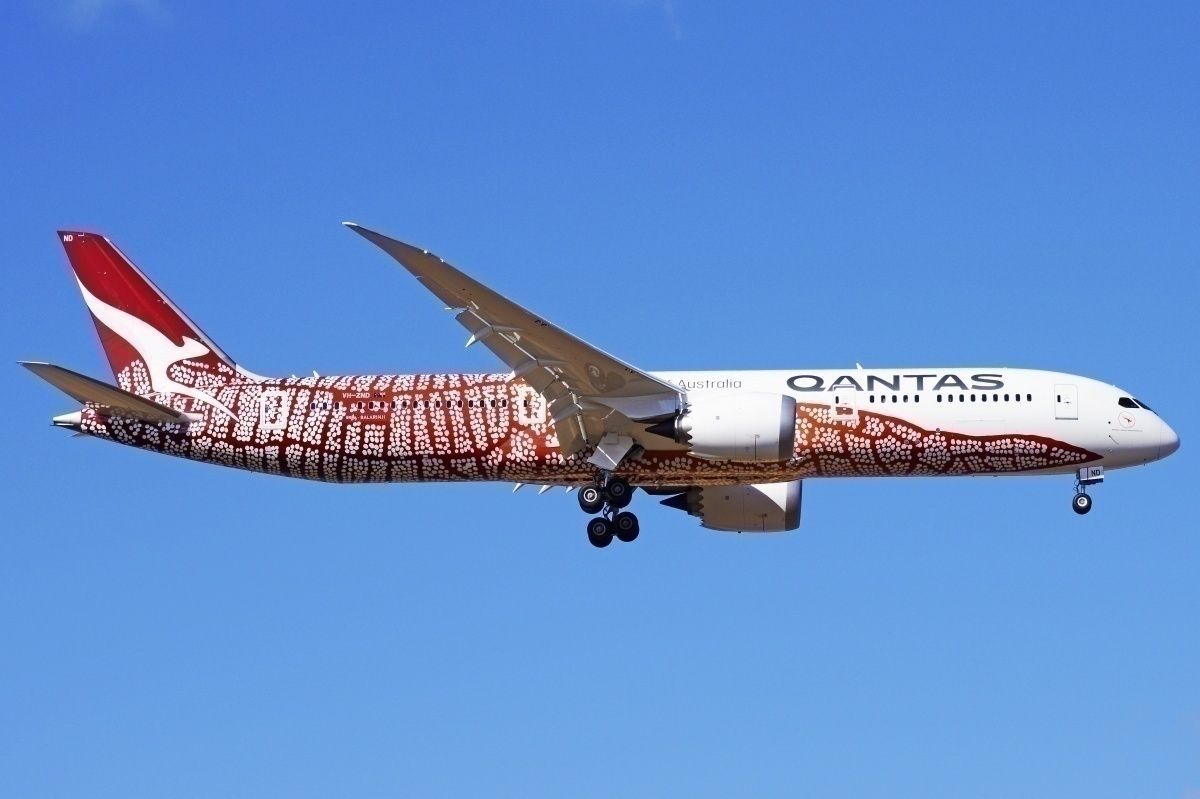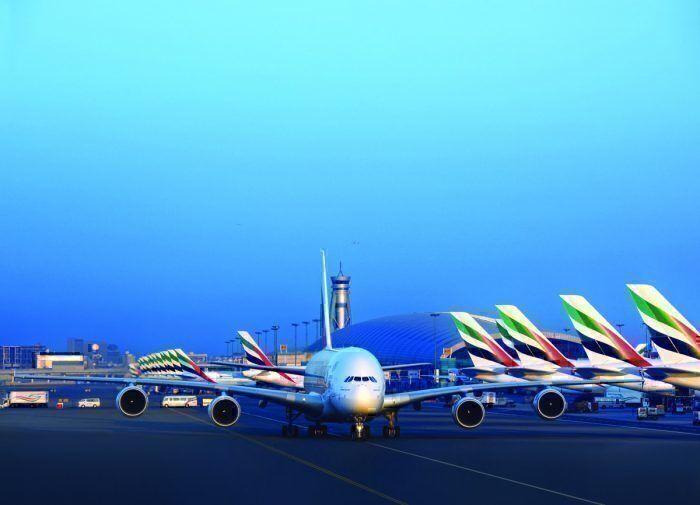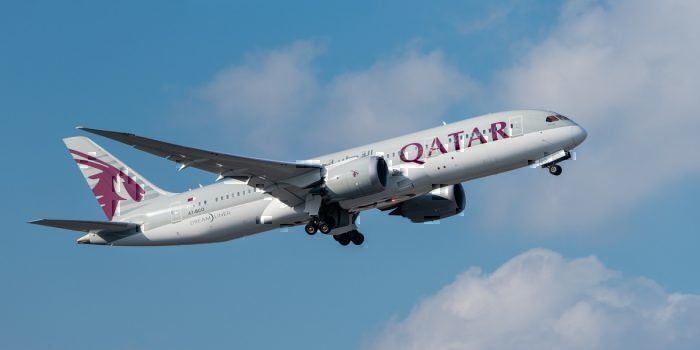The past few years have seen the rapid rise of ultra-long-haul routes connecting distant parts of the world nonstop. While these routes cut down travel time for passengers, they also pose a threat to the traditional hub-and-spoke model. So what will happen to hub airports in the future?
What are hub airports and why are they under threat?
Hub airports serve as a central location for airlines to connect passengers from all over the world to their destinations. Airlines concentrate their flights at a single hub to aggregate traffic, connecting passengers from different flights with the same destination onto a single one. This allows airlines to connect many cities to major destinations all over the world with fewer aircraft.
The last decade has seen the introduction of planes such as the A350 and 787, aircraft which have enabled ultra-long-haul routes that were traditionally impossible or uneconomical. This has allowed passengers to fly non-stop between high-demand routes and cut travel times, eating into a market dominated by hubs. Hub airlines will definitely feel the pressure as more and more carriers offer long flights that don't require layovers.
Can hubs compete with direct flights?
Hub airports have a reputation for being some of the most comfortable and advanced in the world; just look at Singapore's Changi or Doha's Hamad International. This allows passengers to comfortably stop and stretch their legs, rather than be confined to their seats for hours. These hubs become a destination in their own right and help airlines grow in popularity.
Hub airports also connect many more cities to destinations all over the world, by aggregating traffic, helping connect smaller cities. For example, Qatar flies to six cities in Australia and 13 in India. Ultra-long-haul routes, on the other hand, connect high-demand routes such as New York to Singapore and London to Sydney, leaving out relatively smaller cities.
Airlines do seem confident, however, that passengers want more direct flights. Qantas' Project Sunrise, which aims to connect Melbourne, Sydney, and Brisbane to destinations such as London and New York, is the product of this idea. If these flights do start operating, they will cut out major Asian and Middle Eastern hubs that have dominated the market for years. However, spending 19 hours in economy is still an idea that airlines are testing and is far from definitive.
Are hubs here to stay?
While hubs will probably lose some passenger traffic to ultra-long flights, for the most part, they will continue to dominate. As passenger traffic continues to steadily rise, so will the demand for more connections, which will allow connecting airlines to expand. We may also see hub airlines starting to operate long-haul routes, as Singapore Airlines is doing, and capitalize on both sides of the market.
Simply by connecting so many people, from multiple countries and cities, hub airlines have ensured that they can compete with ultra-long-haul routes which heavily depend on traffic. Until we have aircraft effective enough to fly lower demand routes, hubs are here to stay.



